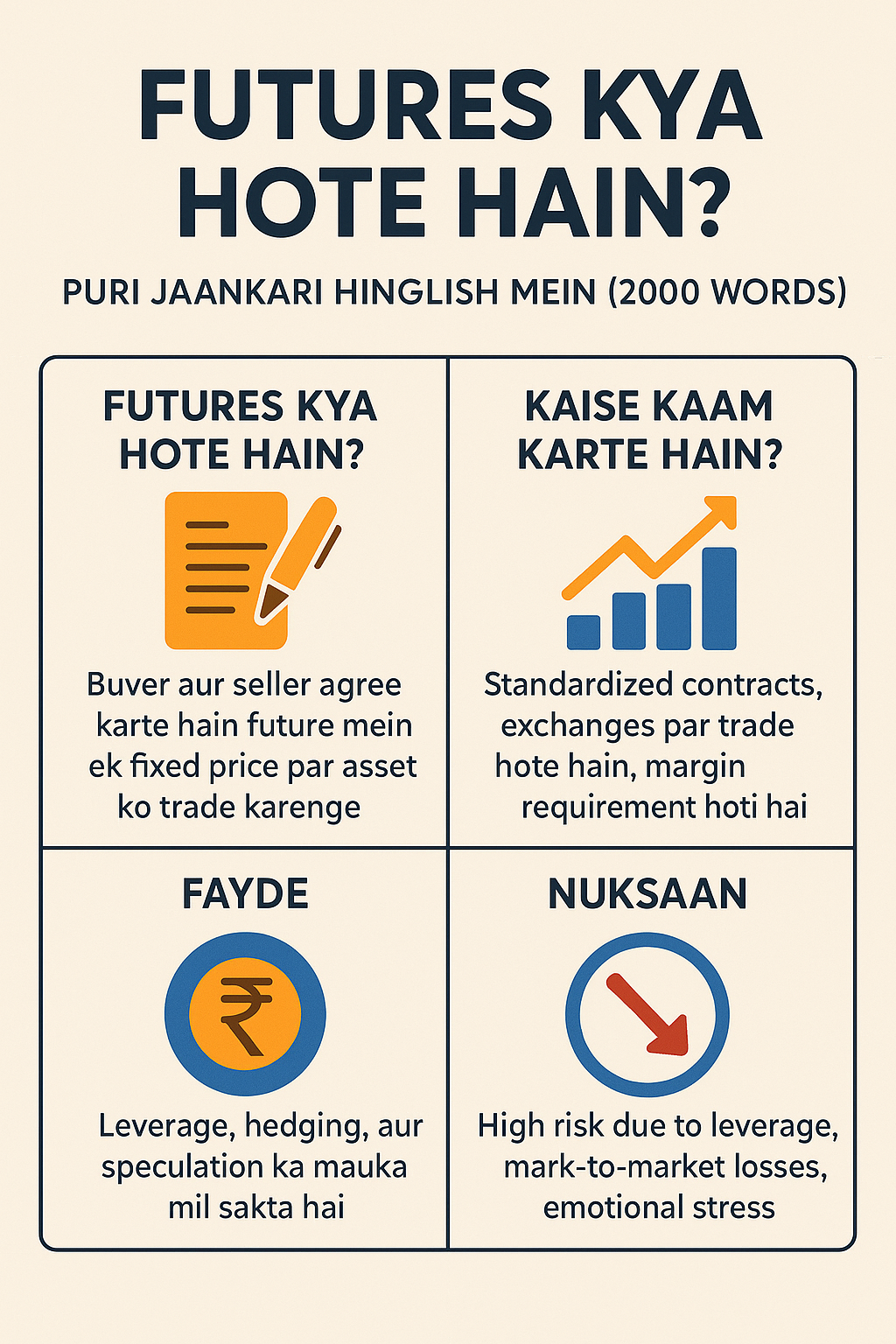
How to Buy Car Insurance to Protect Your Vehicle: A Practical Guide
Halifax, Nova Scotia – April 29, 2025
When Priya Sharma, the Mumbai-born software engineering student at Dalhousie University, bought her first used car—a 2018 Honda Civic—she envisioned road trips along Nova Scotia’s rugged coast. But with Trump’s tariffs spiking repair costs (think 29% hikes on auto parts) and Halifax’s icy winters threatening accidents, Priya knew her car needed more than just a wax job to stay safe. Enter car insurance: a financial shield against crashes, theft, and natural disasters. By navigating the insurance maze, Priya secured comprehensive coverage for $1,200 annually, saving $300 with discounts. Her story, echoing the ambition of NFL Draft rookies and Germany’s scholarship seekers, shows how to buy car insurance to protect your vehicle in a volatile economy. Here’s a step-by-step guide, grounded in expert advice.
- The America Party: Elon Musk’s New Political Vision After Trump Feud
- Does the “big, beautiful bill” eliminate taxes on Social Security?
- Mortgage rates hit lowest since My 1st – Know the reason behind it
- What are Futures?
- China’s Space Breakthrough: 5x Starlink Speed from 2-Watt Laser to 36,000 km range
Step 1: Understand Your Vehicle’s Needs and Legal Requirements
Priya’s Civic, a reliable but aging sedan, faced risks: collisions on Halifax’s busy roads, theft in urban lots, and storm damage from Atlantic blizzards. She learned that car insurance protects against financial losses from such events, per Policybazaar’s explanation of coverage for accidents, theft, and natural calamities. In Canada, like India, third-party liability insurance is mandatory, covering damages or injuries to others (up to CAD 200,000 in Nova Scotia, similar to India’s ₹7.5 lakh). However, Priya wanted full protection for her car, not just legal compliance.
Action: Assess your vehicle’s value, usage, and risks. For newer or financed cars, like Priya’s, comprehensive coverage is ideal, covering own-damage (accidents, theft, fire) and third-party liabilities. Older cars may only need third-party or standalone own-damage policies if repair costs outweigh premiums, per Consumer Reports. Check your region’s laws—most require liability, while no-fault states like Michigan mandate personal injury protection (PIP). Electric vehicles (EVs) need specialized coverage for batteries and chargers, offering 100% battery protection versus 50% in standard policies.
Step 2: Gather Essential Information
Before shopping, Priya compiled her details: driver’s license, driving history (clean, boosting discounts), and vehicle info (Civic’s VIN, 2018 model, 60,000 km). Forbes stresses collecting:
- Personal Info: Name, birthdate, address, license number.
- Vehicle Details: Make, model, year, VIN, mileage, safety features (e.g., anti-theft alarms).
- Driving History: Accidents, tickets, or safe-driving courses.
This prep ensured accurate quotes. Priya’s student status and Dalhousie’s safe-driving course qualified her for discounts, like the 10% good-student reduction from Travelers.
Action: Organize your info in a document. Note safety features (e.g., GPS trackers) for discounts, per Mercury Insurance. For international students like Priya, confirm your license’s validity and driving record transferability. If financing, lenders may require collision and comprehensive coverage.
Step 3: Compare Quotes from Multiple Insurers
Priya used online platforms like Policybazaar and The Zebra to compare quotes from 20+ insurers, including HDFC ERGO and Progressive. She found premiums varied widely—$900 to $1,500 annually—due to insurers’ risk models, per NY DFS. Comprehensive coverage, covering accidents, theft, and storms, cost $1,200 with SBI General, while third-party-only was $400 but left her car exposed. Policygenius recommends getting at least three quotes for the same coverage levels to find the best deal.
Action: Use comparison sites or contact agents (captive, like State Farm, or independent brokers via Policygenius). Ensure quotes include:
- Liability: Bodily injury ($100,000/person, $300,000/accident recommended) and property damage ($100,000).
- Collision: Covers accident damage to your car.
- Comprehensive: Covers non-collision damage (theft, vandalism, floods).
- Add-Ons: Zero depreciation (full payout without depreciation, per HDFC ERGO), roadside assistance, or no-claim bonus (NCB) protection (up to 50% premium discount).
Priya chose comprehensive with zero depreciation and roadside assistance, vital for Halifax’s remote roads, for $100 extra.
Step 4: Customize Coverage with Add-Ons and Deductibles
- Zero Depreciation: Ensured full repair payouts, excluding 50% battery/tyre depreciation.
- Roadside Assistance: Covered towing, saving $200 during a winter breakdown.
- NCB Protection: Preserved her 20% discount despite a minor claim.
She set a $500 deductible, balancing lower premiums with affordable out-of-pocket costs, as Consumer Reports suggests raising deductibles (e.g., $500 to $1,000) to save 11% on premiums. AXA’s courtesy car add-on ($9.99) was tempting but unnecessary, as Priya had transit access.
Action: Prioritize add-ons based on your needs—e.g., engine protection for flood-prone areas or gap insurance for leased cars (Travelers). Choose a deductible you can afford; higher deductibles lower premiums but increase claim costs. Avoid over-insuring older cars if premiums exceed 10% of the car’s value.
Step 5: Seek Discounts and Bundle Policies
Priya saved $300 annually with discounts: 10% for her clean record, 5% for anti-theft features, and 15% for bundling with renter’s insurance, per Liberty Mutual’s $950 bundling savings. Car and Driver lists discounts like good-student, defensive driving, or low-mileage, which suited Priya’s 8,000 km/year driving. WhichMoney notes shopping annually saves up to £270 by switching insurers.
Action: Ask about discounts for safe driving, bundling, or professional affiliations. Take a defensive driving course (online, $25) for 5–10% savings. Install anti-theft devices to lower rates, per Mercury Insurance. Compare renewal quotes yearly to avoid overpaying.
Step 6: Finalize and Review Your Policy
Priya selected SBI General’s comprehensive plan, verified via Aviva’s secure online portal, and paid $1,200 upfront by credit card, earning 2% cashback (tying to her credit card savings strategy). She reviewed the declarations page for coverage limits, deductibles ($500), and exclusions (e.g., no coverage for illegal driving), per NAIC. JD Power stresses confirming coverage before driving off, as Priya did, avoiding legal penalties.
Action: Buy online, via phone, or through an agent. Ensure no coverage lapse by aligning new policy start dates, per NerdWallet. Read the policy for exclusions (e.g., driving under influence, per ACKO). Store digital ID cards on your phone via apps like MyTravelers. Review annually or after life changes (e.g., moving, new car).
Priya’s Outcome: Protection and Peace of Mind
Priya’s $1,200 policy protected her Civic against accidents ($2,000 repair after a fender-bender), theft, and storms, with roadside assistance saving her during a snowstorm. Her $300 savings, like Germany’s DAAD scholarships, stretched her budget, letting her explore Halifax’s coast, mirroring NFL rookies’ draft-day triumphs. Her credit card’s cashback, disciplined budgeting, and insurance discounts maximized value, despite tariff-driven part costs.
Global Context: Economic and Cultural Dynamics
Priya’s insurance choice ties to your prior queries:
- Economic Pressures: Trump’s tariffs, with 55% disapproval (NYT/Siena), raise repair costs, like Dalhousie’s tech programs, making comprehensive coverage and zero depreciation critical. A 72% recession fear (Fox News) pushes cost-saving discounts, akin to credit card rewards.
- Emotional Stakes: NFL Draft rookies’ relief mirrors Priya’s peace of mind, like Germany’s scholarship recipients securing DAAD funding. Her clean-record discount parallels Sanders’ disciplined draft prep.
- Polarized Narratives: Giuffre’s divisive legacy and Trump’s funeral suit (@realTuckFrumper) echo insurance ads’ “cheap coverage” hype, per Forbes, which hides exclusions. Russia’s “no consent” ICJ stance reflects insurers’ fine print opacity.
- Systemic Risks: Monte Rosa’s plane incident highlights oversight gaps, like visa delays for Dalhousie students or claim denials for unreported accidents, per MoneySuperMarket.
Clara’s Perspective: Unpriced Risks
Clara Voss, the fictional wealth manager, views car insurance as a hedge, like RIL stock post-Anant Ambani. Her clients, navigating tariff-hit markets, use comprehensive policies to offset repair spikes, akin to Priya’s $2,000 claim. Clara warns of unpriced risks—exclusions (e.g., illegal driving), claim delays (12% fraud spikes, J.P. Morgan), and premium hikes post-tariffs, mirroring Sanders’ draft scrutiny or Giuffre’s narrative battles. Like Dalhousie’s job scarcity, over-insuring low-value cars wastes funds.
Critical Examination
- Narrative Bias: Insurers’ “full protection” claims, like Trump’s “golden age,” overstate coverage while burying exclusions (e.g., no flood coverage without comprehensive), per ACKO. StateFarm’s “best price” pitch ignores regional rate hikes.
- Data Gaps: Average premiums ($1,601/year, Forbes) lack specificity for students or EVs. Discount savings (e.g., 11% for higher deductibles) vary by insurer, per Consumer Reports.
- Overhyped Benefits: Comprehensive coverage, like Germany’s “free” tuition, seems foolproof but excludes illegal use or wear-and-tear, per Policybazaar. Zero depreciation’s “full payout” still deducts 50% for batteries.
- Marketing Spin: Ads, like India’s “90% terrorists” claim, prioritize low premiums over service quality, per NY DFS. AXA’s 99.7% claim payout rate omits processing delays.
Conclusion
Priya’s $1,200 comprehensive policy, with zero depreciation and roadside assistance, safeguarded her Civic, saving $300 via discounts and credit card cashback. By understanding needs, comparing quotes, customizing coverage, and reviewing terms, you can protect your vehicle, whether in Halifax or Mumbai. Yet, tariff-driven costs, exclusions, and claim risks—echoing NFL Draft hype, Giuffre’s tragedy, or Dalhousie’s visa hurdles—demand vigilance. Check policybazaar.com or @StateFarm on X for quotes, but read the fine print: like Trump’s 37% economic approval or Monte Rosa’s chaos, insurance “protection” hinges on your diligence.
Sources: Policybazaar, HDFC ERGO, NAIC, AXA UK, Consumer Reports, Liberty Mutual, NerdWallet, Policygenius, Forbes, ACKO, JD Power, Mercury Insurance, SBI General, WalletHub, Aviva, Car and Driver, MoneySuperMarket, Admiral; X posts from @_insurance101, @vinayakseth1, @mTek_Services, @StateFarm, @WhichMoney




